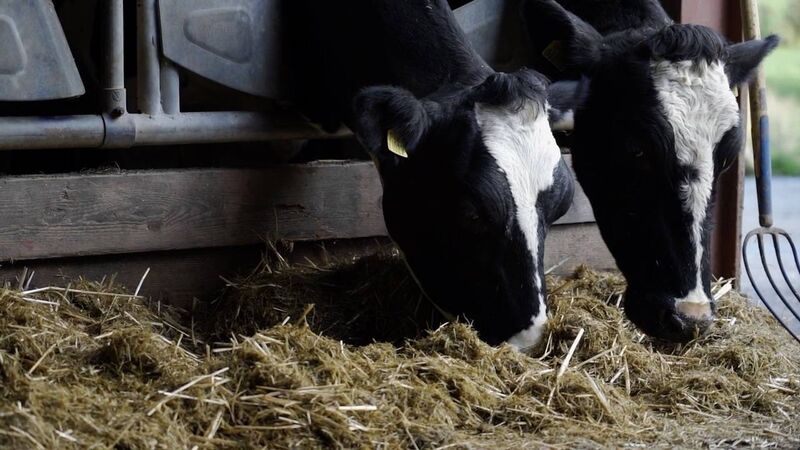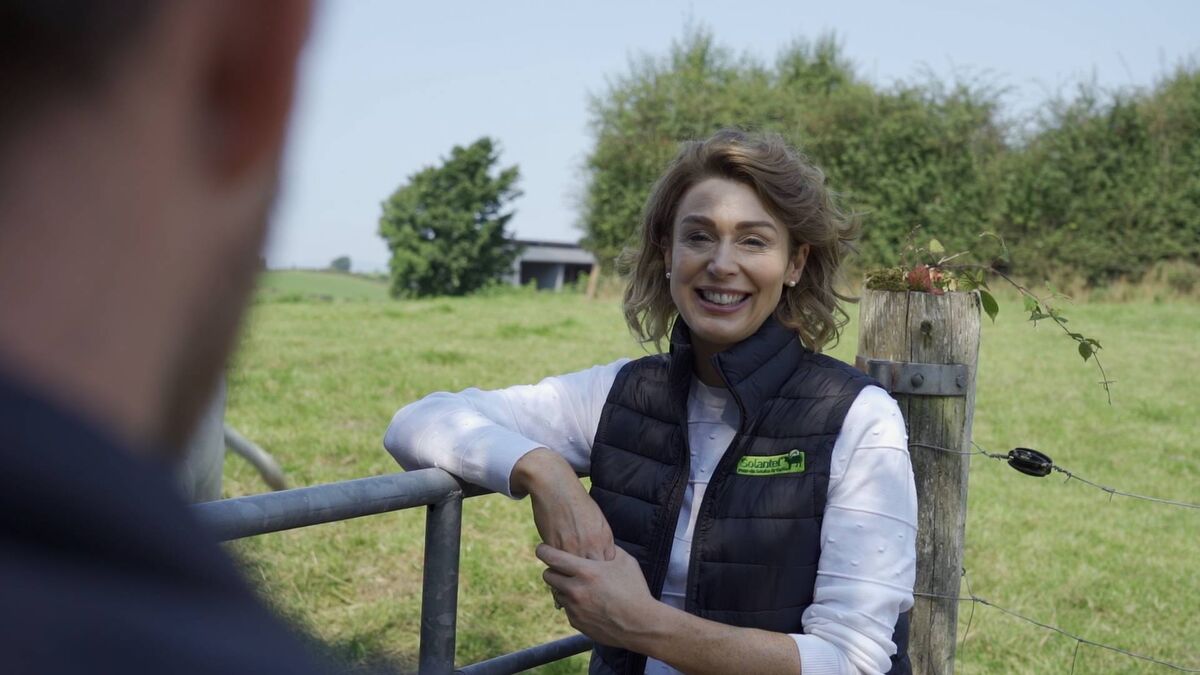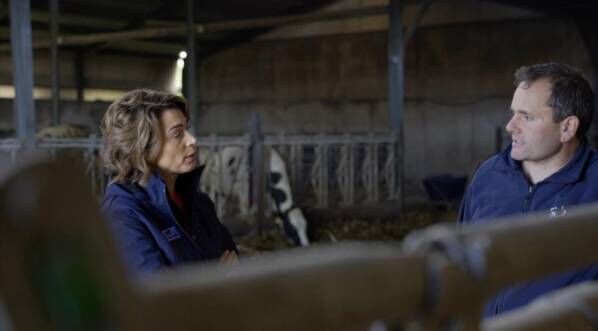Taking the pressure off when drying off

It’s essential that technique and hygiene is as good for the last cow in the group as the first, so don’t rush.
HERD HEALTH SERIES: Maura Langan, Commercial and Technical Manager (Large Animal) at Norbrook.

Selective Dry Cow Therapy is now the norm here in Ireland. Changes in legislation and a more responsible attitude towards the use of antibiotics have meant the industry no longer tolerates the blanket use of dry cow intramammaries.
Drying off is a critical point in the whole lactation cycle, so your vet will already be working on a strategy unique to your herd and farming system.
The risk of intramammary infection is at its highest at drying off and around calving and the first days of lactation, making dry cow management fundamental to any on-farm mastitis control programme.
Using milk recordings, somatic cell count data and the health history of each cow, dairy farmers will have a plan as to which cows, if any, will receive an antibiotic tube.
Increasingly, vets are prescribing different antibiotic dry cow tubes within the same herd, so planning and grouping are becoming ever more important.
Not all cows will be prescribed antibiotics, but every cow should receive a sealer. Internal teat sealants mimic the action of the natural keratin plug in preventing infection from ascending into the udder through the teat canal.
Modern dairy genetics mean that the keratin plug is often slow to form or incomplete, especially in high-yielding, fast milking cows.
This is one time of the year when you need to be as organised as possible. Don’t leave it until the last minute to buy a sealer or pick up prescriptions.
Order everything in now so that it’s ready for when you decide to start drying off groups of cows.

One critical step is to adjust nutrition to reduce production ahead of drying off, especially in high-yielding cows. Decide ahead of time how you are going to group the selected cows as you dry them off.
Choose a manageable number and plan, arranging extra help if needed.
As well as teat seal and antibiotic tubes (if using), clean gloves, apron, cotton wool soaked in methylated or surgical spirit are all essential. Have everything to hand, including a head torch (fully charged), marker sprays and a bucket for any waste.
All help is useful, whether it’s someone you trust to clean the teats, or general help tidying up and passing things. It all helps.
The two most important criteria for success are the correct drying off procedure and hygiene. Hygiene is especially important in cows that only receive an internal teat sealant, like Sureseal.
Sureseal provides a physical seal between the udder and the environment, preventing bacteria from entering the mammary gland via the teat canal.
Infections picked up during the dry period can manifest as clinical mastitis in the days immediately around calving or the first weeks of lactation.
It is of paramount importance that technique and hygiene are of very high standards to avoid introducing any infection into the teat and udder.
Pinch the top of the teat before applying Sureseal into the clean teat canal.
Do not massage into the udder and use a teat dip or spray on every teat. Wash your hands and change gloves between cows.
Allow the cow to stand for up to two hours if possible, so that they aren’t lying down immediately after infusion.
Which brings me to one of the most important factors in a successful drying off time.
Technique and hygiene must be as good for the last cow in the group as the first, so don’t rush.
You have one shot at this, and the herd’s subsequent lactation depends on its success.
For more information, visit norbrook.com









